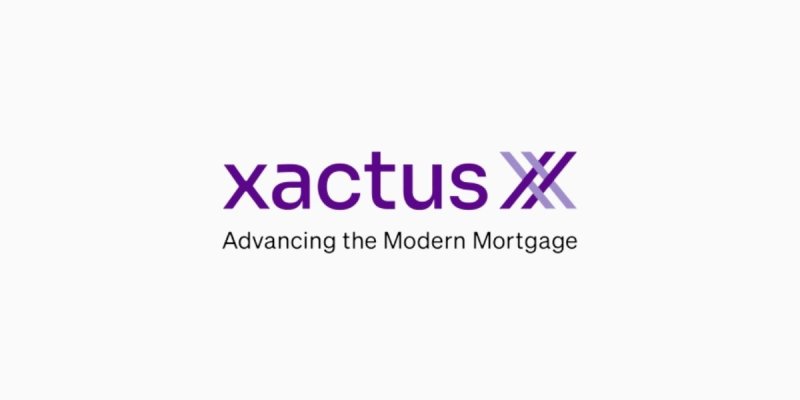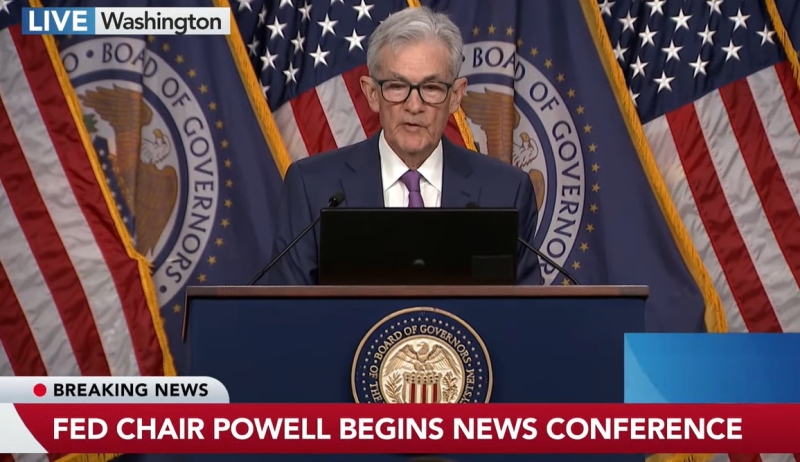
The latest developments from this study reveal that most consumers have exited the payment assistance they received at the start of the pandemic.
- The total share of loans with payment assistance began to decline in the summer of 2020.
- The share of mortgage and student loans on assistance remains significantly higher than pre-pandemic levels.
- Consumers who exited assistance were more likely to come from areas harder hit by the pandemic.
- The report found that consumers in majority Hispanic communities were the most likely to exit assistance.
The Consumer Financial Protection Bureau (CFPB) continues to report on trends in financial assistance throughout the pandemic. The latest developments from this study reveal that most consumers have exited the payment assistance they received at the start of the pandemic.
The total share of loans with payment assistance began to decline in the summer of 2020. The initial increase in loans transitioned to assistance abated, and more accounts began transitioning out of assistance altogether. However, there continues to be high rates in assistance for student loans largely due to the CARES Act, which puts most student loans on automatic payment suspension.
The CARES Act imposes assistance requirements on lenders that includes mortgages, so that consumers may request from their lenders an initial forbearance of up to 180 days, extendable up to a total of 360 days. This only applies to federally-backed mortgages, which accounts for about 63% of the mortgage market.
By March 2021, the total share of auto loans and credit card accounts with assistance was only slightly above pre-pandemic levels. Yet, the share of mortgage and student loans on assistance remains significantly higher than pre-pandemic levels.
Consumers who exited assistance were more likely to come from areas harder hit by the pandemic. In an earlier August report, the CFPB found that Black and Hispanic communities were disproportionately impacted by COVID-19 in terms of health and unemployment. Therefore, those communities were the earliest to receive assistance. However, there is substantial variation in which groups have exited these assistance programs.
Focusing on mortgage assistance, the report found that consumers in majority Hispanic communities were most likely to exit assistance. However, consumers in majority Black communities were somewhat less likely to exit assistance than their counterparts in majority white communities.
Additionally, mortgage borrowers in non-metro areas with higher unemployment and COVID-19 rates were less likely to exit forbearance. Yet, consumers with higher credit scores and balances were more likely to exit forbearance, holding all other factors constant. This reflects the likelihood that these consumers are well-off and, therefore, less affected by COVID-19 income shocks.
As more assistance programs reach an end, such as the CARES Act, the risk of increased delinquencies and foreclosures may arise. The CFPB has established temporary safeguards to ensure borrowers have enough time before foreclosure to explore their options.
For more information on the pandemic’s effect on consumer credit, follow the CFPB blog post series on their website.




